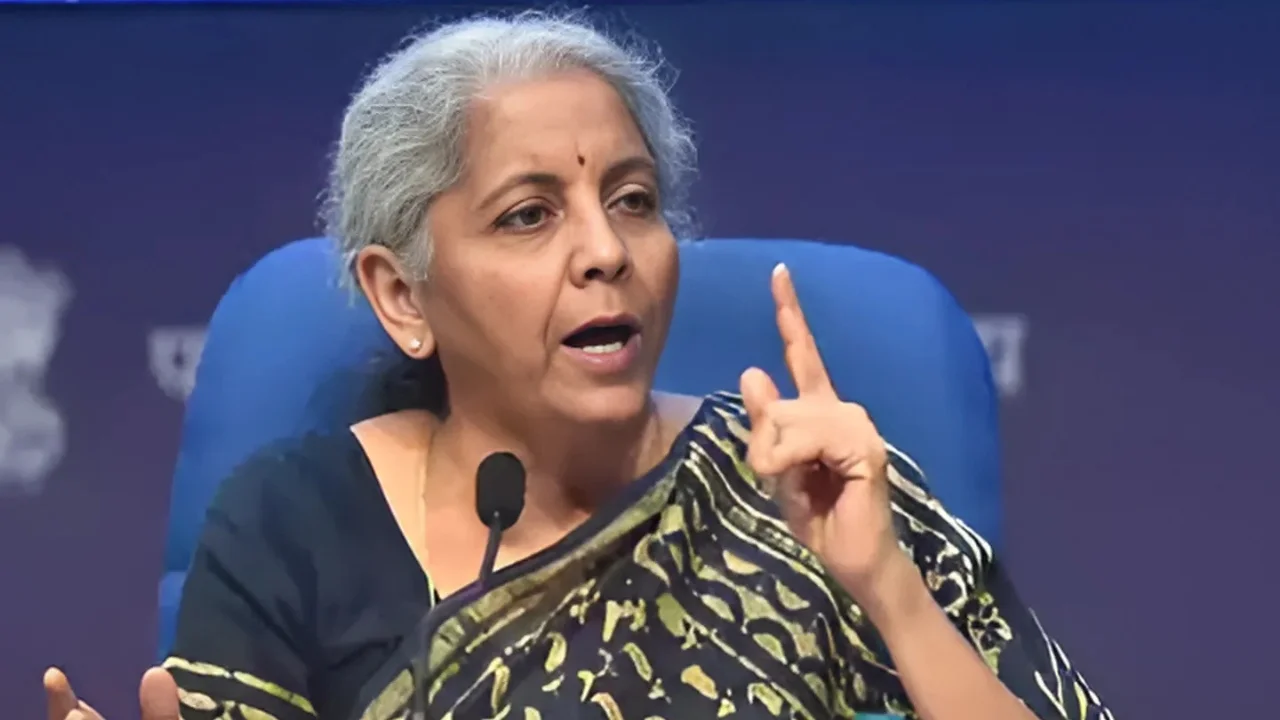As the Union Budget 2025 approaches, the focus is on the income tax rules changes possible in budget 2025, which are expected to simplify the tax structure and provide relief to taxpayers. Scheduled for February 1, 2025, the budget is likely to bring reforms aimed at benefiting salaried individuals, middle-income earners, and investors. Here’s a detailed look at the changes that could be announced.
The government is reportedly considering introducing a new Income-tax Act to overhaul the current system, which has become increasingly complex. This move would align India’s tax framework with modern economic realities, particularly the digital economy. One of the most discussed income tax rules changes possible in budget 2025 is the revision of tax slabs to reduce the financial burden on taxpayers.
Revised Tax Slabs and Exemption Limits
Among the most anticipated reforms is the revision of tax slabs. The basic exemption limit under the new tax regime, currently ₹3 lakh, may increase to ₹5 lakh. Additionally, a new 25% tax slab for incomes between ₹15 lakh and ₹20 lakh could be introduced, while existing slabs may see reduced rates to ease the tax burden.
| Income Range (₹) | Current Tax Rate (%) | Proposed Tax Rate (%) | Example |
|---|---|---|---|
| Up to ₹5,00,000 | 0% | 0% | No tax for an annual income of ₹4,80,000. |
| ₹5,00,001–₹10,00,000 | 20% | 15% | An individual earning ₹8,00,000 annually would pay ₹45,000 in tax instead of ₹60,000. |
| ₹10,00,001–₹15,00,000 | 30% | 25% | For an income of ₹12,00,000, the tax liability would reduce from ₹1,80,000 to ₹1,50,000. |
| ₹15,00,001–₹20,00,000 | N/A | 25% | A new slab, e.g., for an income of ₹18,00,000, the tax payable would be ₹4,50,000. |
This change in slabs is one of the critical income tax rules changes possible in budget 2025, aimed at making the tax structure more equitable and improving disposable incomes for middle and higher-income earners.
Standard Deduction Increase
Another significant update among the income tax rules changes possible in budget 2025 is an increase in the standard deduction. Salaried individuals and pensioners currently receive a standard deduction of ₹75,000 under the new tax regime. This is expected to increase to ₹1,00,000, offering additional relief amid rising inflation and living costs.
| Scenario | Current Standard Deduction | Proposed Standard Deduction | Taxable Income Example |
|---|---|---|---|
| Annual income of ₹8,00,000 | ₹75,000 | ₹1,00,000 | Taxable income reduces from ₹7,25,000 to ₹7,00,000. |
| Annual income of ₹15,00,000 | ₹75,000 | ₹1,00,000 | Taxable income reduces from ₹14,25,000 to ₹14,00,000. |
The increase in standard deduction is expected to be a relief measure targeting salaried individuals and pensioners, allowing them to save more on taxes.
Higher Rebates for Middle-Income Earners
Full tax rebates are currently available for incomes up to ₹7 lakh under the new regime. As part of the income tax rules changes possible in budget 2025, this rebate limit may be raised to ₹10 lakh, offering significant relief to middle-income earners.
Example:
- Current Scenario: A taxpayer earning ₹6,80,000 pays no tax after rebates.
- Proposed Scenario: A taxpayer earning ₹9,80,000 could also pay no tax, further benefiting middle-class families.
This change is expected to reduce tax liabilities for a large segment of the population and boost consumption.
Simplified Capital Gains Tax
The government may also simplify capital gains tax, one of the key income tax rules changes possible in budget 2025. Currently, short-term and long-term capital gains are taxed differently across asset classes, leading to confusion. A uniform tax rate for all capital gains could be introduced to simplify compliance.
Example:
- Current Structure: Short-term capital gains on equities are taxed at 15%, while long-term gains beyond ₹1 lakh are taxed at 10%.
- Proposed Change: A uniform rate, such as 12%, could simplify compliance and reduce disputes.
This reform would make capital gains taxation more investor-friendly, encouraging participation across different asset classes.
Comprehensive Overhaul with a New Income-Tax Act
In addition to these specific measures, the government is considering a new Income-tax Act. This broader overhaul aims to modernize the tax system, simplify compliance, and address emerging challenges in the digital economy. Taxation of cryptocurrencies, e-commerce, and digital transactions could be key focus areas under this reform.
Final Thoughts
The income tax rules changes possible in budget 2025 reflect the government’s commitment to simplifying the tax structure and providing relief to taxpayers. Measures like revised slabs, higher standard deductions, increased rebates, and streamlined capital gains taxation are designed to reduce complexity, boost compliance, and align the tax system with India’s economic realities.
These reforms are expected to benefit salaried individuals, pensioners, middle-income earners, and investors. As the Union Budget 2025 approaches, taxpayers are optimistic that these changes will reduce their financial burden and promote greater economic activity. The focus on fairness and modernization in taxation could mark a turning point for India’s fiscal policy.
